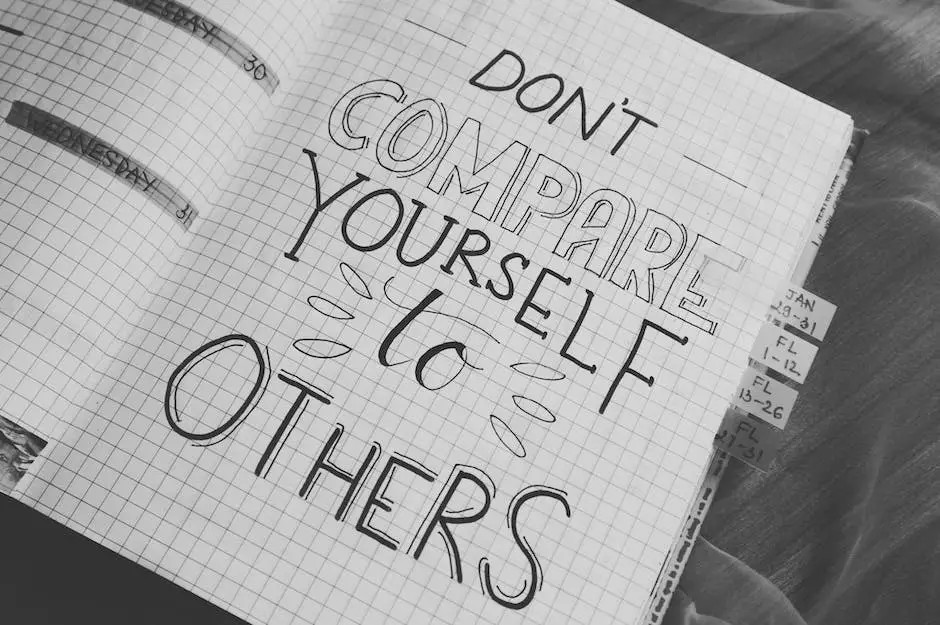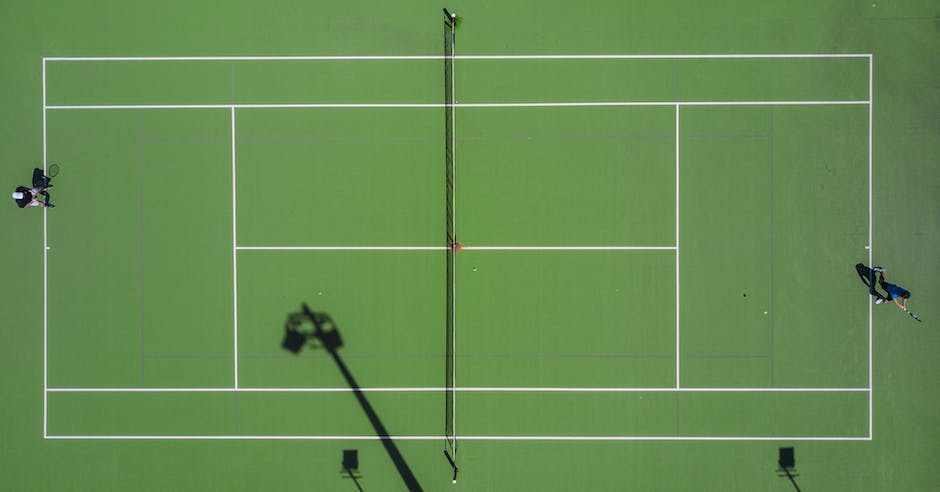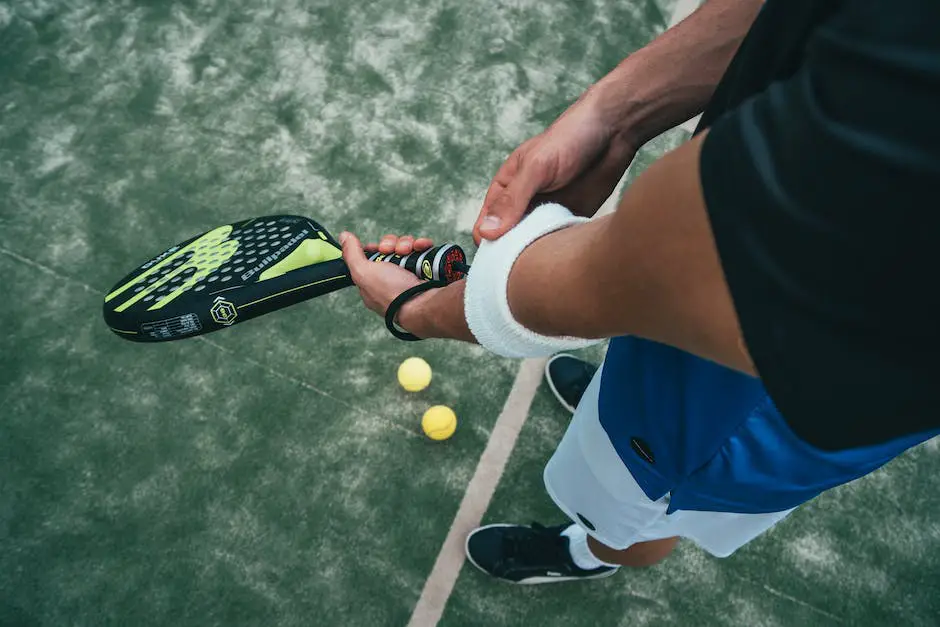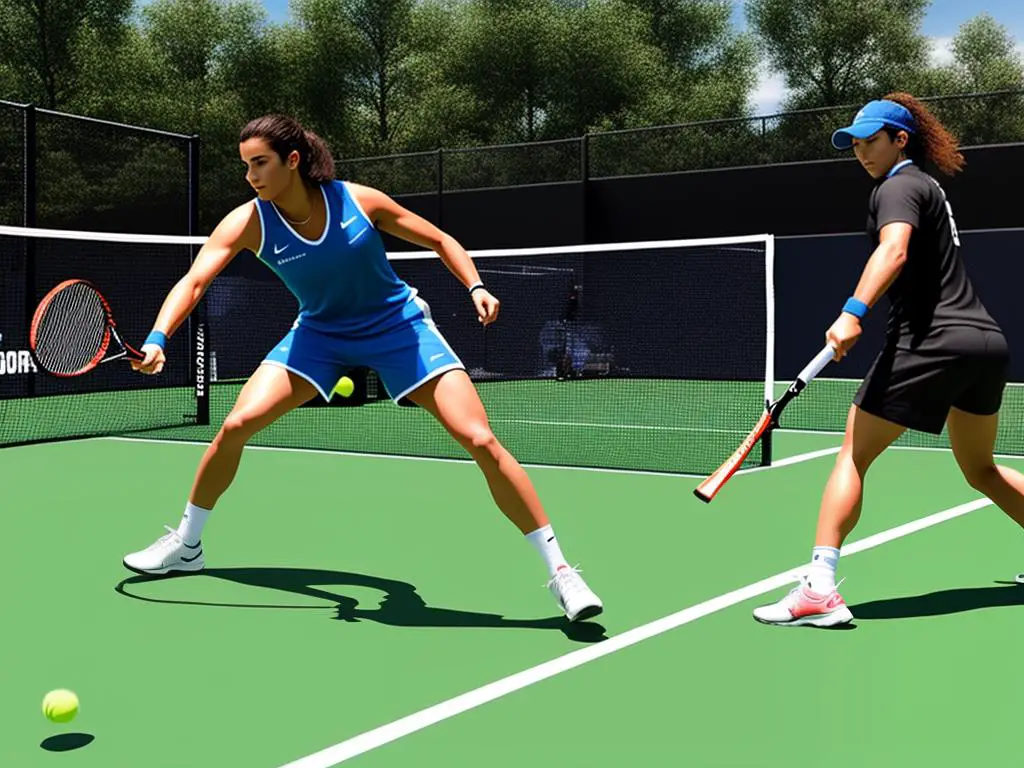The competitive world of racket sports is characterized by diversity and evolution, with tennis and padel leading the charge towards global acceptance and popularity. Tennis, with its long and storied history, has made significant strides over hundreds of years, while the comparatively younger sport of padel has been captivating people around the world in a relatively short span of time. This paper explores the rich background of these two sports, tracing their respective origins, the trajectory of their growth, and the unique features that set them apart. While both games share similarities in their use of rackets and a ball, they also boast unique attributes that make them distinct and enticing to different sets of audiences.
Origins of Tennis
Origins of Tennis: A Game of Monks and Courts
The origins of tennis are lost in the complexities of history, with various forms of the game dating back to ancient Egypt, Greece, and Rome. However, the version of tennis that we recognize today has its roots in the cloistered courtyards of 12th-century French monasteries. Monks played a game called “jeu de paume” (game of the palm), where they used their hands to hit a ball against a wall or over a rope strung across a courtyard. This pastime became so popular that it spread to the aristocracy, evolving over the centuries with rackets, enclosed courts, and scoring systems.
Development of Modern Tennis: A Victorian Innovation
Indoor tennis as played by the monks was a far cry from the fast-paced outdoor game we know today. The transformation began in 1859 when Major Harry Gem and his friend Augurio Perera adapted elements of “jeu de paume” and combined it with elements of racquets and squash. They took the game outdoors, marking out a court on the lawn at Edgbaston, England. This paved the way for what is now known as lawn tennis.
Following the initial invention, the first tennis club was formed in Leamington Spa in 1872 which set the standard rules for the modern game. In 1877, the Wimbledon Championship was officially established and became the most prestigious tennis event.
Key Figures in Tennis History
Throughout its history, tennis has seen countless legends who have contributed to its popularity. Bill Tilden, Suzanne Lenglen, Fred Perry, Don Budge are just a few of the many iconic figures who dominated the sport in its early years. In the modern era, players like Martina Navratilova, Bjorn Borg, John McEnroe, Steffi Graf, Serena Williams, and Roger Federer expanded the sport’s popularity through exceptional skill and riveting performances.
Origins of Padel: A Modern Addition
Padel, in stark contrast to tennis, is a much younger game. It was first introduced in 1969 when Enrique Corcuera of Mexico, not finding enough space for a full tennis court on his property, improvised a smaller version of the game with walls to bounce the ball off. He named this new game “Paddle Corcuera”. Padel, as it is now known, quickly gained popularity across Latin America and Spain.
Key Figures in Padel History
Enrique Corcuera is often regarded as the founding father of padel. However, many other personalities have shaped its history. Prince Alfonso of Hohenlohe-Langenburg, a friend of Corcuera, was instrumental in popularizing the game in Spain after learning it at Corcuera’s house in Mexico. Later on, players like Juan Martín Díaz and Fernando Belasteguín dominated the sport and took it to new heights.
The Tale of Two Racket Sports: Tennis and Padel
Two popular racket sports that demonstrate both physical prowess and mental finesse are tennis and padel. Despite similarities such as the primary use of rackets and scoring methods, the significant differences lie in their gameplay. Padel employs a smaller playing court, surrounded by walls that can be used within the game, and a solid, perforated paddle in place of a stringed racket. Not to mention, all serves in padel are performed underhand. Having been invented more recently, padel is perceived as more approachable for novices, offering a sociable atmosphere compared to the more solitary game of tennis. Nevertheless, the popularity of both sports remains unwavering as they each provide unique experiences for their players.

Origins of Padel
The Birth and Evolution of Padel
Looking back at the inception of padel, it began as an ingenious combination of tennis, squash, and badminton engineered in the heart of Mexico. The brainchild of Enrique Corcuera, a prosperous entrepreneur, padel emerged in 1969 in the resort community of Acapulco. Corcuera took it upon himself to remodel his home’s tennis court into the first padel court, incorporating the addition of walls which facilitate the ball’s bouncing. This inventive spirit that spurred padel’s creation continues to be a hallmark of the sport, attracting admiration as a game that epitomizes innovation and adaptability.
Significant Figures in the Evolution of Padel
Enrique Corcuera stands out as a cornerstone figure in the history of Padel. He ensured the formalization of rules and even named the sport by combining the first letters of his name, ‘Padel,’ meaning ‘Enrique plays’.
His neighbor, Alfonso de Hohenlohe, a well-connected Spanish playboy and entrepreneur, visited Corcuera, where he discovered Padel. Intrigued by the unique racquet sport, Hohenlohe took it back to Spain. He set up the first Padel Club in Marbella, leading to a rapid upsurge in the sport’s popularity, spreading across Spain, and eventually, it became a global sport practiced by millions.
In Spain, Julián García, Secretary of the International Padel Federation, has been instrumental in globalizing the sport. He pushed for new technological improvements, like larger courts and smaller racquets, ensuring the sport evolved with time.
Understanding the Histories of Padel and Tennis
While Padel might appear as a recent sports phenomenon than Tennis, their historical journeys are intriguingly intertwined. Tennis, as we perceive it in its modern form, was officially standardized in England during the 19th century, but its inception actually dates back to the medieval era. Notable influencers, such as Major Walter Wingfield, played a critical role in shaping and promoting modern Tennis.
Interestingly, the early versions of Tennis incorporated walls as seen in ‘real tennis.’ However, it underwent several significant adaptations before evolving into today’s open field variant. In contrast, Padel, though a comparatively recent sport, has managed to retain its original design incorporating an enclosed playing space. In this regard, Padel can be seen as an inventive yet traditional throwback to the walled concept of original Tennis.
To conclude, though Tennis enjoys wider recognition globally due to its long-standing history, it does not undermine the steadily rising popularity of Padel. This dynamic sport continues to attract sports enthusiasts worldwide with its unique blend of traditional and innovative features derived from its precursor sports.

Evolution and Growth of Tennis
The Birth of Tennis: A Sport Rooted in Nobility
The saga of Tennis spans over centuries, with its genesis traced back to the 12th century in France. This initial version of the game involved using the palm of the hand for play, and was thus termed “jeu de paume,” translating to the “game of the palm.” As the game evolved over centuries, rackets began to be used, and by the 16th century, Tennis had developed into a popular sporting activity amongst the aristocrats in France and England.
The Spread of Tennis Worldwide
By the mid-to-late 19th century, tennis began to make its mark beyond Europe. The sport found particular popularity in America, with the first U.S. National Men’s Singles Championship held in 1881. As the sport gained wider recognition and participation, major tournaments, now known as the Grand Slam competitions, were established. The Australian Open, the French Open, Wimbledon, and the U.S. Open became the pillars around which the world of professional tennis revolved.
Evolution of the Game
With the sport’s growth, tennis witnessed significant evolution. From changes in court surfaces and ball design to advancements in racket technology, these shifts had a monumental impact on the game’s playability and spectatorship. Innovations like the tiebreak system, the introduction of open-era allowing professionals to compete with amateurs, and the inception of the function of ball-boys and girls, have continued to evolve tennis over time, shaping the modern sport that millions enjoy today.
Padel Thrust onto the Global Stage
While tennis has deep historical roots, padel is a relatively new sport by comparison. Established in 1969 in Acapulco, Mexico, by Enrique Corcuera, padel was initially a celebrated sport among the Mexican elite and Spanish royalty. Unlike tennis, which can be played on grass, clay or hardcourt, padel is played on an enclosed court roughly a third the size of a tennis court.
Padel vs. Tennis: A Comparison
While both padel and tennis involve rackets and share similar scoring systems, there are distinct differences between the two. Padel rackets have no strings and are perforated, players can use the walls as part of the game, much like in squash, and the serve is always underhand, among other differences. Due to its unique mechanics and characteristics, padel is often seen as more accessible to beginners than tennis, contributing to its rising popularity.
The Modern Day Landscape of Padel and Tennis
Today, while tennis remains the more widely recognized and globally played sport, padel is the fastest-growing racket sport worldwide. There has been significant effort in recent years to globalize padel, with new clubs and courts being established worldwide and formal competitions and tournaments now taking place on the international stage. The historic prominence and established institutional structures of tennis provide a framework within which padel continues to expand and flourish.
Among the plethora of racquet sports, tennis and padel have carved out their unique niches. With distinctive styles of play, intriguing heritage, and cultural significance, they provide a rich array of options for racket sports aficionados across the globe.

Evolution and Growth of Padel
Padel: Birth and Evolution
The game of Padel was conceived in 1969 in the vibrant city of Acapulco, Mexico. The brainchild of Enrique Corcuera, the sport was initially designed to fit into small spaces, and fittingly, the first-ever game of Padel was played on a reconfigured tennis court in Corcuera’s backyard. Such was the appeal of the game that it soon caught the fancy of Corcuera’s inner circle, eventually finding its way to Spain courtesy of Corcuera’s friend, Prince Alfonso of Hohenlohe. The Prince’s introduction of the sport at the prestigious Marbella Club marked the beginning of Padel’s international journey.
On the other hand, Tennis boasts a rich tapestry of history stretching back to the 12th century. The early inception of the sport saw players using their hands instead of racquets to hit the ball.
Padel vs. Tennis: Growth and Popularity
Over the years, the popularity of Padel has significantly risen, giving tennis, a sport with global recognition, a competitor. The International Padel Federation (FIP) was established in 1991 to manage international Padel events, mirroring the International Tennis Federation (ITF) that was founded in 1913.
By the late 2000s, Padel began to experience rapid growth in popularity outside of Latin America and Spain. The simplicity of Padel, coupled with its social and dynamic nature, contributed to its growth as it became a sport that could be enjoyed by people of all ages and skill levels.
Comparatively, Tennis has a robust international presence with prestigious tournaments like Wimbledon, the US Open, the Australian Open, and the French Open attracting top players and millions of viewers worldwide.
Major Tournaments and International Spread
In Padel, the establishment of major tournaments helped fuel its growth, similar to how major tennis opens elevated the profile of tennis. The first professional Padel circuit, the Padel Pro Tour (PPT) was established in 2005 in Spain. In 2013, the PPT was replaced by the World Padel Tour (WPT), which continues to be the premier professional Padel circuit.
Today, Padel tournaments take place globally, comparable to the Grand Slam tennis tournaments. The sport has gained notable popularity in Europe, particularly in Spain and Italy, and has continued to proliferate in South American countries.
Evolution of the Game
Aside from its geographical spread and establishment of major tournaments, Padel has evolved in its style and gameplay. While it originally borrowed heavily from tennis, today it stands as its own unique sport. Features like the usage of walls on the court, a smaller tennis-like ball, and specific rules for serving distinguish Padel from Tennis.
Similarly, Tennis has also seen evolution in gameplay styles, equipment, and tournament structures. More players now use a two-handed backhand, fiberglass rackets have been replaced by high-tech materials like graphite, and the introduction of tiebreaks and appeals systems has made the game more competitive and exciting.
Both Padel and Tennis have charted distinct paths of evolution and growth. Despite Tennis boasting a significantly lengthier history, Padel has swiftly carved its niche, marking its prominence as a widely recognized sport within a relatively shorter period.

Comparisons and Current State
The Divergence: Padel vs. Tennis
Notwithstanding their apparent resemblances, Padel and Tennis have sprouted from different seeds and have followed distinct trajectories in their development. Tennis traces its roots as far back as the 12th century in France, gradually maturing into the contemporary sport we know and love today. In contrast, Padel is a newcomer. The sport was birthed in 1969 in Acapulco, Mexico, courtesy of Enrique Corcuera. Since its inception, Padel has witnessed an accelerated growth, particularly resonating with Spanish-speaking countries.
Rules and Gameplay: Divergent Yet Familiar
Although padel and tennis share some core principles – you hit a ball with a racket over a net – the specific rules and dimensions of gameplay truly set them apart. Tennis is played either one-on-one (singles) or as a team of two players (doubles) on a rectangular court. Players score points by hitting the tennis ball over the net into the opponent’s court, under the rule that the ball must bounce once before the opponent returns it.
In padel, however, the game is only played in doubles on an enclosed court about a third of the size of a tennis court. The ball can be played off the walls surrounding the court, much like in racquetball. Points are scored in the same manner as tennis, but the serve must be underhand rather than overhand, which adds an extra layer of strategy to the game.
Equipment: Similarities and Distinct Differences
Both sports require a racket and a ball, but here again, the equipment varies between the two. Tennis rackets are larger with strings and a handle, whereas Padel rackets are solid with no strings and are perforated. As for the balls, tennis balls are larger, brighter, and more pressurized compared to padel balls, which are smaller and less pressurized.
Court Specifications: A World Within Walls vs Open Spaces
Tennis courts are generally open, characterized by the rectangular shape split into two equal halves by a central net. Grass, clay, and hard courts are the most common surfaces. Padel courts are enclosed by glass walls and metal fence mesh at the ends, and the surface is typically artificial grass. The enclosed design contributes to Padel’s unique gameplay mechanics as shots can be played off the wall.
Popularity and Current Status: A Rising Star and A Classic Favorite
Tennis, with its centuries-long history and international tournaments like Wimbledon and the US Open, enjoys widespread popularity throughout the world. In contrast, Padel, being a younger game, is still in its phase of international expansion. It’s extremely popular in Spain and Latin American countries and is one of the fastest-growing sports, with rising interest in Europe, the United States, and Asia. While it has yet to achieve the global recognition of tennis, the rapid growth of padel can’t be ignored and it’s set to become a global sports phenomenon.
In sum, while padel and tennis share some superficial resemblances, their rules, equipment, court specifications, and their current status in the global sports arena are distinctly different. Despite these differences, their shared emphasis on strategy, skill, and physical fitness makes both of these games cherished pastimes for their respective enthusiasts.

In reviewing tennis and padel’s history, one can appreciate the distinct routes these sports have taken on their respective paths towards modernization and acceptance. While tennis boasts a more extended history, entwined with societal and cultural developments over centuries, padel demonstrates impressive growth dynamics despite a shorter lifespan. Both sports have brought forth a passion for excellence, a commitment to rules, and a dedication to competitive spirit. As they continue to evolve and adapt to the changing needs and preferences of players and fans alike, padel and tennis will ensure their ongoing relevance and popularity in the vibrant world of racket sports.